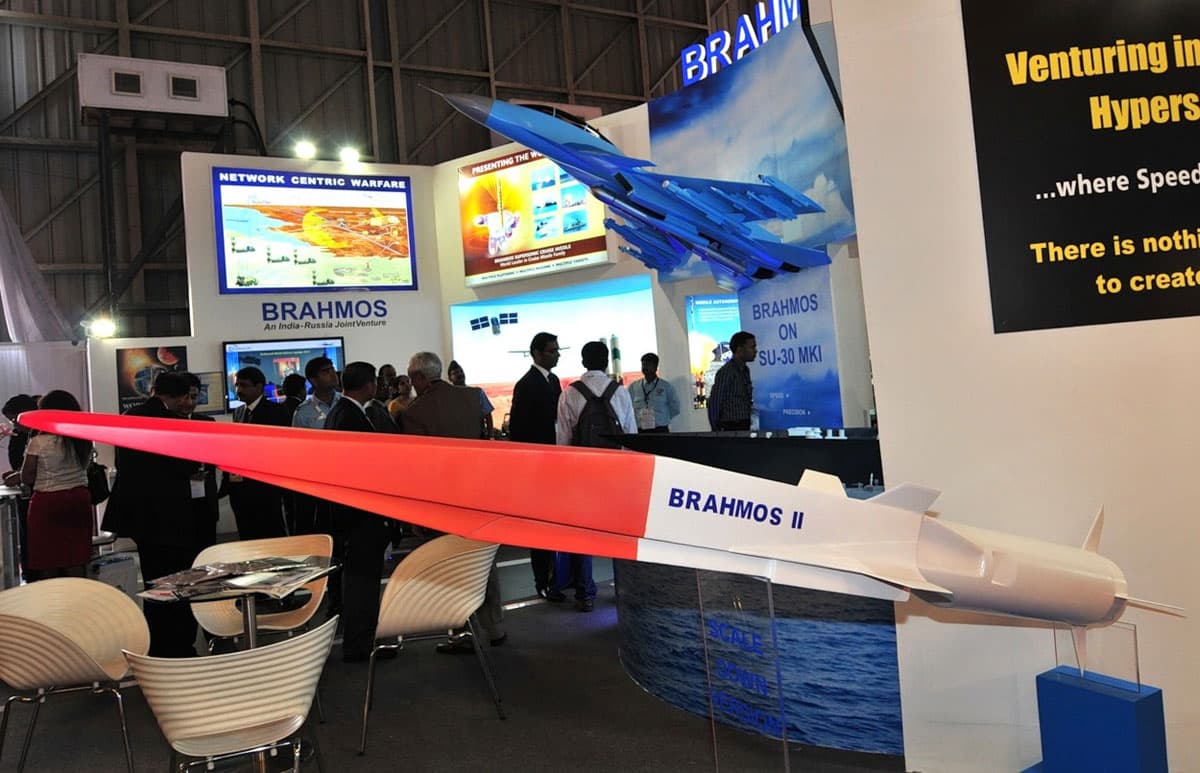SOURCE: AFI

India’s ambitious plans to co-develop the BrahMos-II Hypersonic Cruise missile with Russia have hit a roadblock, with both countries yet to finalize an agreement and timeline for the development of this cutting-edge missile system. Despite discussions between National Security Advisor (NSA) Ajit Doval and his Russian counterpart Nikolai Patrushev last year, progress has been slow, and significant developments have yet to materialize.
The BrahMos-II project holds immense strategic significance for both India and Russia, representing a leap forward in hypersonic missile technology and bolstering the countries’ defense capabilities. In 2022, Atul Rane, the CEO of BrahMos Aerospace, expressed optimism about the BrahMos-II’s potential, highlighting its anticipated capabilities comparable to Russia’s Tsirkon (Zircon) missile, albeit with a slightly lower speed of Mach 6. This ambitious endeavor, however, comes with a price tag, as the BrahMos-II is expected to be more expensive than its predecessor, the BrahMos Cruise missile, which operates at Mach 3.
One of the key components of the BrahMos-II is the scramjet motor derived from Russia’s Tsirkon (Zircon) missile, a critical technology that promises enhanced speed and maneuverability. While India will leverage this technology, the BrahMos-II will also incorporate indigenous Indian systems, reflecting the country’s commitment to developing advanced defense capabilities domestically.
Despite the technological prowess and collaborative efforts involved in the BrahMos-II project, the path to its fruition remains fraught with challenges and uncertainties. The complexities of international cooperation, coupled with technical and logistical hurdles, have contributed to delays in the project’s advancement. As a result, analysts suggest that the BrahMos-II may not see the light of day until well into the next decade, with projections extending as far as 2030 or beyond before the missile is cleared for production.
The protracted timeline for the BrahMos-II underscores the intricate nature of defense procurement and development, especially for cutting-edge technologies such as hypersonic missiles. While India and Russia remain committed to realizing this ambitious project, the road ahead is paved with obstacles that require careful navigation and collaboration. Moreover, the geopolitical landscape and evolving security dynamics in the Indo-Pacific region add layers of complexity to the project, influencing strategic decision-making and resource allocation.
As both countries continue to negotiate and refine their collaboration on the BrahMos-II, the project serves as a testament to the enduring partnership between India and Russia in the defense sector. Beyond its military implications, the BrahMos-II symbolizes the quest for technological innovation and strategic autonomy, reflecting India’s aspirations to become a global leader in defense research and development.